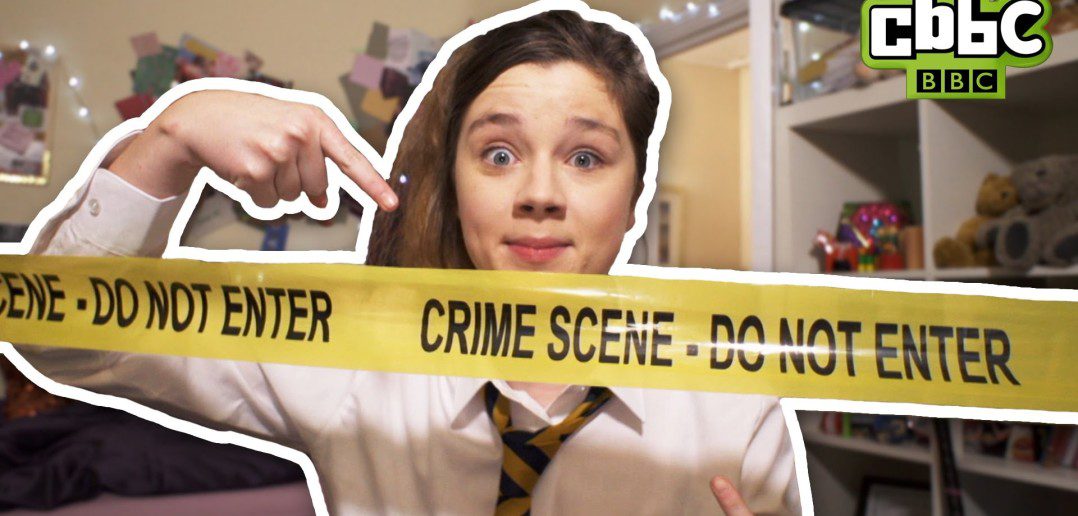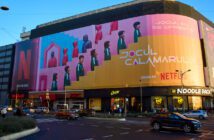Kids are natural explorers when it comes to technology, as boldly willing to click and search out new media experiences on their parents’ iPads, smartphones and laptops as they are to intuitively navigate the DVR and surf traditional broadcast channels. This tendency toward innocent exploration is also driving parental demand for protected sites that assure age appropriate media experiences for children.
Some VOD companies, such as Hopster, or newbie Azoomee, offer carefully curated content within their walled gardens. But their model of offering a share of revenue through a subscription model means that content must already be produced and therefore these sites cannot be counted on for production funding. The upside of these platforms is that they do help increase awareness of individual properties, which can be an effective marketing tool. In curating age appropriate content, these platforms are basically endorsing brands as ‘child friendly‘, which is a huge comfort to parents and can fuel expansion of the brand through licensing and merchandising as well as further production commitments from traditional media outlets.
Traditional broadcasters are also recognizing the value of repurposing both current and library content for VOD and online platform offerings. These various windows may provide additional funding (pre-sales on additional rights, for example) and can also enhance and drive cross platform availability, a big attraction for both kids and parents, especially after the program has aired on TV. And as parents and producers alike can tell you, kids will watch a show they love over and over – on television, smartphones, laptops or iPads.
Some broadcasters are investing in original content created exclusively for online viewing, too. For example, in the UK, CBBC financed the production of 30 webisodes of Dixi (top photo), a dramatic story which were scheduled online over a three week period. The series went on to win a BAFTA for best online drama. Yes, the series was made with an extremely tight budget, but excellent writing and creative production attracted an impressive audience as well as rave reviews and industry recognition.
While the expansion of new content platforms has expanded the shelf life and earning potential of library content, as these platforms gain subscribers (and investors) they may also become new sources for funding the development of children’s content.
Original children’s online series are being developed by the likes of Netflix, Hulu and Amazon, who are all engaged in acquiring new content – both original and branded. These sites will either pre-buy or, in Amazon’s case, fund a test episode to determine the interest level of their subscriber base, which is good news for producers and distributors looking to fill their funding gap. Being one of a select group of “original” series also means additional media exposure and typically extensive marketing support at launch. And while the opportunities are definitely there, limited development coffers means only a few projects will be funded in this manner and the competition is fierce.
Alison Warner is one of our pre-MIPJunior 2015 kids entertainment ambassadors. She was part of the team that helped put Technicolor’s animated shows Atomic Puppet and The Deep into production and also has responsibility for distribution of The Deep worldwide. In addition, Alison is developing new and maintaining existing client relationships within Europe for the Animation and Gaming business at Technicolor.
These posts are coordinated by Debbie Macdonald, a children’s media consultant. Debbie was formerly VP, programming director at Nickelodeon UK, having worked in acquisitions at the BBC. You can find her on LinkedIn here.




